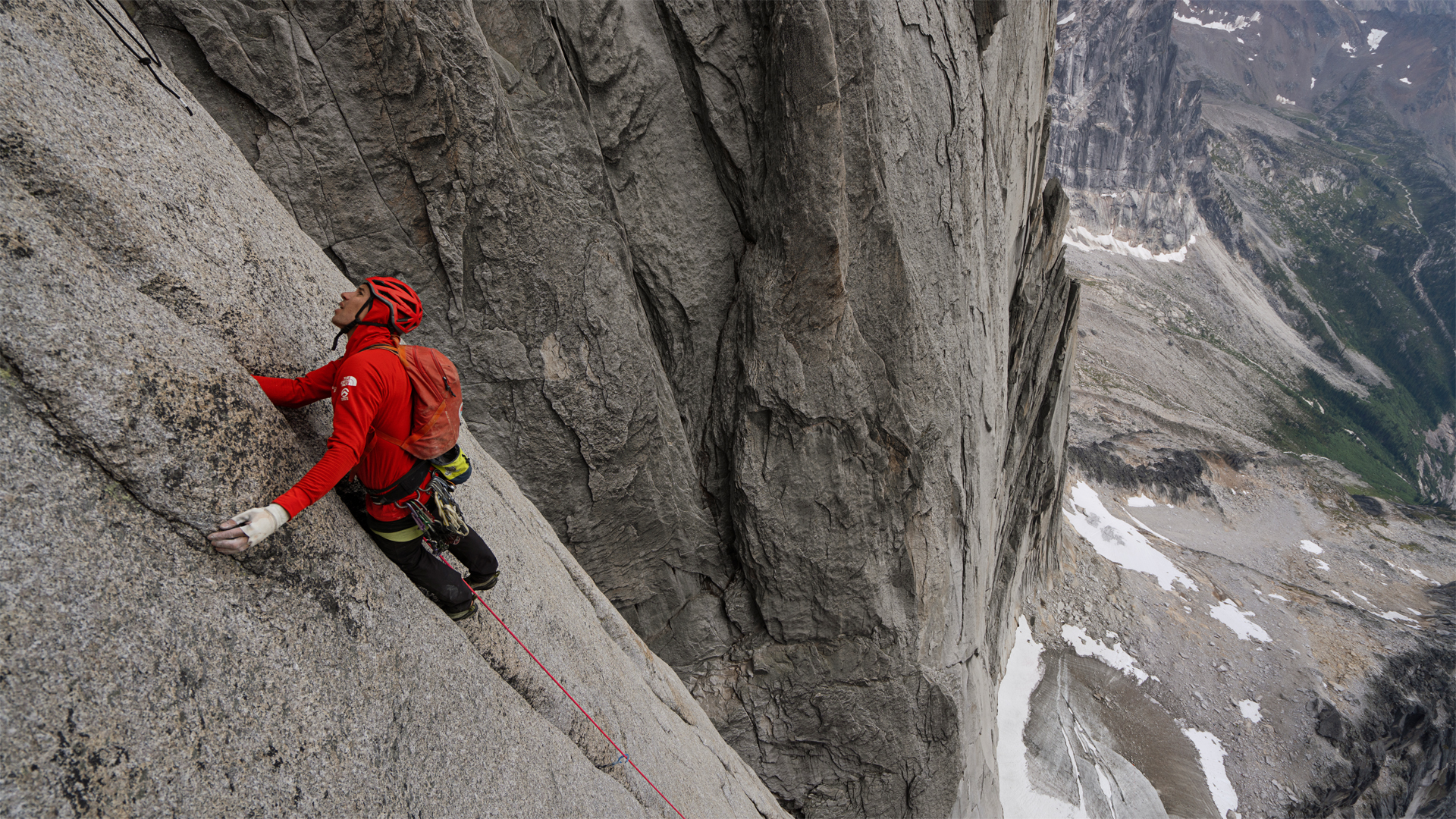Hiking heritage of California decimated after more than 50 hiking trails burned by the fatal Los Angeles wildfires
The Palisades and Eaton fires, which left at least 27 people dead, have scorched dozens of iconic hiking and running trails

More than 50 iconic California hiking trails have been destroyed in the devastating fires that have ripped through Los Angeles over the past few weeks.
Starting in early January, the brutal Eaton and Palisades fires have so far burned more than 35,000 acres of America’s second-most populated city, destroying thousands of homes and killing at least 27 people.
The raging fires have also devastated miles of thick California wilderness, destroying many beloved hiking and running trails in the process.
The larger Palisades fire, which is believed to have started near the Skull Rock hiking trail in Joshua Tree National Park, has scarred at least 28 trails, many in the Santa Monica mountains near the Pacific coast.
Not every trail has been destroyed, but all have suffered major burn damage. Large portions of trails like the Los Leones route, which spans 11 miles / 18km of dense California countryside, have been brutally scorched.
These fires span several parks and wilderness areas, including the Topanga State Park and Will Rogers State Historic Park.
By cross-referencing fire data with burn damage visible on satellite maps, the LA Times has been able to determine which trails sustained serious burn damage. The list covering the affected area follows:
Advnture Newsletter
All the latest inspiration, tips and guides to help you plan your next Advnture!
Trails burnt in the Palisades fire
- San Vicente Mountain to Gizmo Peak trail
- Murphy Ranch trail
- Sullivan Canyon Fire Road trail
- Sullivan Ridge trail
- Goat Peak via High Point and Rivas Ridge trail
- Potrero Canyon Loop at George Wolfberg Park trail
- Garden Land trail
- Inspiration Point Loop trail
- Backbone trail
- Rustic Canyon trail
- Bone Canyon Road trail
- Pasture trail
- Rivas Canyon trail
- Temescal Canyon trail
- Temescal Ridge trail
- West Mandeville Fire Road trail
- West Mandeville Ridge trail
- Garapito Canyon trail
- Bienveneda trail
- Los Leones trail
- Paseo Miramar trail
- Topanga Lookout trail
- Trailer Canyon Fire Road trail
- Santa Ynez Canyon trail
- East Topanga Fire Road trail
- Budwood Motorway of Tuna Canyon trail
- Big Rock Lateral and Big Rock Motorway of Tuna Canyon trail
- Hearst Tank Motorway of Tuna Canyon trail

Burning more than 14,000 acres and killing at least 17 people, the Eaton fire has devastated working-class areas and wrecked miles of wilderness in northern Los Angeles.
Beginning near the Angeles National Forest, the Eaton fire has scorched multiple beloved hiking areas.
Among them is the Bailey Mountain nature trail, which took hikers on a modest trek to a stunning viewpoint overlooking the city. The Millard Canyon trail was another popular route, guiding hikers past the gushing Millard Canyon waterfall.
The trails pinpointed as fire damaged by the LA Times are as follows:
Trails burnt in the Eaton fire
- Mount Lowe West trail
- Bailey Canyon Nature trail
- Eaton Canyon Fire Ecology trail
- Eaton Canyon trail
- Sunset Ridge trail
- Dawn Mine trail
- Mount Lowe Motorway to Mount Lowe trail
- Middle Sam Merrill trail
- One Man and Mule trail
- Millard Canyon
- Lower Millard Canyon trail
- Tom Sloane trail
- Chaney trail
- Mount Lowe Railway trail
- Mount Lowe East trail
- Idlehour trail
- Lone Tree trail to West Fiji
- Gooseberry Motorway trail
- Rubio Canyon trail
- Old Edison Road trail
- Castle Canyon trail
- Lower Sam Merrill trail
- Mt. Wilson trail
- Mt. Wilson Toll Road trail
- Bailey Canyon trail to Jones Peak
- Altadena Crest trail

After weeks of destruction, the Palisades and Eaton fires are both nearing containment, although new fires continue to rage throughout the city due to strong winds and dry conditions.
Who or what caused the Los Angeles fires isn't currently clear, although in unseasonably warm and dry conditions, wildfires can be caused by careless acts like discarding a lit cigarette. Flammable waste items like abandoned propane cylinders are also dangerous.
If you're hiking in a potentially hazardous area, pick up all your litter and avoid using flammable equipment.
While single events can't be directly attributed to climate change, a general rise in global temperatures has led to an increase in the warm, dry conditions in which wildfires thrive.
Today, wildfires result in more than six million more hectares of tree loss per year than they did in 2001, an area roughly the size of Croatia. The global number of extreme heat waves has risen fivefold in the past 150 years.
- The best hiking water bottles: stay hydrated at camp and on the trails
- The best hiking shoes: trail-friendly shoes for all seasons

Will Symons developed his love of the outdoors as a student, exploring every inch of Sussex’s South Downs national park and wild swimming off the Brighton seafront. Now a Staff Writer for Advnture, Will previously worked as a freelance journalist and writer, covering everything from cricket to ancient history. Like most Advnture staff, Will’s time is rarely spent indoors, he can often be found hiking, wild swimming or playing cricket.
